Chmod Command In Linux For Directory
777 ) or symbolic notation (e.g.
Chmod command in linux for directory. There are three sets of permissions. We will explain the modes in more detail later in this article. Chmod ugo+rwx foldername to give read, write, and execute to everyone.
Chmod -R 755 can change the permissions recursively but it will change same permissions for everything , folders,subfolders and files. Chown user file or chown user:group file. If you are using the octal numbers in chmod , give 1 before you specify other numbered privileges, as shown below.
Linux divides the file permissions into read, write and execute denoted by r,w, and x;. File/Directory permission is either Read or Write or executable for either user or group or others. The default umask value is subtracted from the overall file/directory default value.
The chmod command in Linux/Unix is abbreviated as CHange MODe. By using this command, we can set the read, write, and execute permissions for all three of the permission groups (Owner, Group and Other) in Linux. Chmod -R 755 directory chmod 777:.
When you create a file or directory on Linux systems, it comes with default permissions. The chmod command is used to define or change permissioins or modes on files and limit access to only those who are allowed access… It changes the mode of each FILE to MODE…. The command can accept one or more files and/or directories separated by space as arguments.
In Unix and Unix-like operating systems, chmod is the command and system call which is used to change the access permissions of file system objects (files and directories). Sudo chmod u+w myfolder to add the write permission to the username user. The basic syntax is:.
You can use chmod in the command line to change file or directory permissions on unix or unix-like systems such as linux or BSD. $ ls -l sample.sh -rwx-rw-r-- 1 matt deploy 94 Oct 4 03:12 sample.sh. We run the chmod command command to change file access permissions such as read, write, and access.
User, group or all. The weird strings you see on each file line, like drwxr-xr-x, define the permissions of the file or folder. How to Use the chmod Command in Linux Command Syntax.
On a very basic level, file and directory permissions play a vital role in the security of a system. In this tutorial, we will discuss the basics of this command as well as provide examples explaining how it can be used in various scenarios. Actually, chmod Command in Linux plays a greater role to keep all the files and directories of the system safe and secure so that no unauthorized person.
In Linux, you can easily change the file permissions by right-clicking the file or folder and select “Properties”. Change execute permission only on the directories (files are not affected) On a particular directory if you have multiple sub-directories and files, the following command will assign execute permission only to all the sub-directories in the current directory (not the files in the current directory). You can then revert to those with chmod manually or with rpm --setperms as stderr.
Sudo find directory -type d/f -exec chmod privilege {} \;. The request is filtered by the umask. In the terminal, the command to use to change file permission is chmod.
As all Linux users, you will at some point need to modify the permission settings of a file/directory. Once you create a new directory in Linux, then you can change permissions and create folders within the directory. It is also used to change special mode flags.
Chmod stands for “Change Mode” and is used to modify the permissions of files and directories in a Linux based system. Chmod Modifies File Permissions. Chmod command is used to change access permission of files and directories in Linux operating systems.chmod stands for change mode.Access permissions specify whether a user account or group can read, write, or execute a given file and directory.
The owner, group members and others. Creating a Bash File. In this, the 9 characters from 2nd to 10th position represents the permissions for the 3 types of users.
The chmod command allows you to change the permissions of files using symbolic or numeric mode. The chmod command in Linux is used to change file and directory permissions using either text (symbolic) or numeric (octal) notation. Chmod a=r foldername to give only read permission for everyone.
Linux - Solution 4:. In short, “chmod 777” means making. Chmod command in Linux with examples Last Updated:.
The chmod command is used in Linux to change these permissions. Chmod is command which changes permission of a file or folder for particular user or group as per instructions provided. Following is a sample of ls -l command output.
It is used to change the permission for files and folders. Let us understand CHMOD and CHOWN commands in detail. Using symbols (alphanumerical characters) using the octal notation method.
The command CHMOD stands for change mode, and this is used to change the permission of a File or Directory.The Command CHOWN stands for Change Owner and this is used to change the ownership of a File or Directory. Chmod (change mode) is one of the most frequently used commands in unix or linux operating system. Now if we use chmod, it does not allow to modify root permission # chmod -c --recursive 755 / chmod:.
If you are new to Linux, and are looking for a way to change file/directory permissions through the command line, you'll be glad to know there exists a command - dubbed chmod - that lets you easily do this. Is there a way to undo a chmod command on a directory in CentOS ?. How to use chmod?.
Option is an additional command to change the output of a command. The first step is to create a new text file with .sh extension using the following command. You can change file permissions in this format:.
Linux file permission is a very important aspects in terms of security issues for the system administrator of Linux Operating System. You might have heard of chmod 777. Rwxrwxrwx ) to see its value in other formats.
In this tutorial, I am going through the steps to create a bash script and to make the script executable using the chmod command. If the directory is part of the system or an installed package managed by rpm you can find out which package it is part of with rpm -qf /directory and then can try rpm -qV <package> (verify) to see what the installed permissions settings were. If you want to change the user owning this file or directory (folder), you will have to use the command chown.
$ chmod u+X *. After changing a directory's mode to 755 the folder's mode will be displayed in Unix style file lsting as:. One set for the owner of the file, another set for the members of the file’s group, and a final set for everyone else.
At the Unix prompt, Fred should type. Below is a list of numerical permissions that can be set for the user, group, and everyone else on the. The Linux command to change permissions on a file or directory is chmod, which we like to read as change file mode.
The command that executes such tasks is the chmod command. The command is relatively simple to use and involves using. Therefore, Joe can access any file, of which he knows the name, in Fred's home directory.
Note that none of the group ownerships have been changed. The basic syntax includes using the find command to locate files/directories and then passing it on to chmod to set the permission:. Chmod Command in Linux Linux File Permission Introduction to Linux File Permission.
This command changes the mode of Fred's home directory (represented by the ~), giving permission to all users to get to files in that directory. Chmod permission file_name There are two ways to define permission:. Every file in the Linux / macOS Operating Systems (and UNIX systems in general) has 3 permissions:.
Use chmod command to set the sticky bit. To recursively operate on all files and directories under a given directory, use the chmod command with the -R, (--recursive) option. To selectively change permission , use find command to get the directories or files and then change mode.
One of the most popular options that you can combine with chmod and chown is -R (Recursive). The name is an abbreviation of change mode. Chmod command is useful to change permission for Files and folders in Linux/Unix.
The example below, gives rwx permission to user, group and others (and also adds the sticky bit to the directory). H ow do I use chmod and chown command under Linux / Unix operating systems?. This command will change the user ownership of all files beginning with the letter “c.” sudo chown mary c*.* All of the files will now have mary as their owner.
Linux Tutorial for Beginners && Git Tutorial for Beginners. To change permission using the Linux chmod command we have to follow some syntax and rules. It is dangerous to operate recursively on '/' chmod:.
In Unix-like operating systems, the chmod command sets the permissions of files or directories. 15-05-19 In Unix-like operating systems, the chmod command is used to change the access mode of a file. Chmod has two operating modes:.
# alias chmod='chmod --preserve-root' and also add this to your /etc/bashrc or individual user's .bashrc file for permanent changes. Ls -l mary c*.* Let’s change the ownership of a directory. These permissions are given to file/folder to provide a secure environment to the OS, efficient management of a file and high-level access to the users accessing the files/ folders.
$ chmod OPTIONS MODE filename Only the root user or a regular user with sudo privileges can change file or directory permissions. In Linux, who can do what to a file or directory is controlled through sets of permissions. + for adding and – for removing.
Chmod means ‘change mode’ and it changes file or directory mode bits (the way a file can be accessed). You can use -R with chmod for recursive traversal of all files and subfolders. The general syntax to recursively change the file’s permissions is as follows:.
The first 7 sets the permissions for the user, the second 7 sets the permissions for the group, and. The 'chown' command can change the ownership of a file/directory. We use the chmod command to do this, and eventually to chmod has become an almost acceptable English verb, meaning the changing of the access mode of a file.
It takes the following syntax:. Replace directory with the directory path that holds the files and subdirectories you want to configure. In Linux/Unix like operating system, the chmod command is used to change the access mode of a file.
This command will give read, write and execute permission to the owner, group and public. There will be a Permission tab where you can change the file permissions. Linux File Permission :.
You can also create a directory and set permissions at the same time. This page explains how to use chmod and chown command on Linux or Unix-like systems. Chmod command is followed by which level user i.e.
In Linux, you will often need to make use of the chmod command. Chmod is a very helpful command to change the file permissions of a file or a folder in any UNIX-like operating system. It’s a same as using your mouse to right-click a file or folder and selecting the permission tabs and.
You can set the umask values in /etc/profile or in ~/.bashrc. To change directory permissions for everyone, use “u” for users, “g” for group, “o” for others, and “ugo” or “a” (for all). This Linux option allows you to change permissions or owners of all files and subdirectories inside a specific directory.
The chmod command A normal consequence of applying strict file permissions, and sometimes a nuisance, is that access rights will need to be changed for all kinds of reasons. To create directories in Linux, you can open Terminal and use the command line with the mkdir command. This type of restriction is useful for effective file/folder management, securing system and providing a level ….
Chmod -R MODE DIRECTORY. Go into a folder, and run the ls -al command. The chmod command is used to change the file or directory access permissions.
Chmod Calculator is a free utility to calculate the numeric (octal) or symbolic value for a set of file or folder permissions in Linux servers. The chmod command stands for change mode… and it’s used to limit access to resources…. Use --no-preserve-root to override this failsafe Linux Permissions Syntax.
After user level we have provide what needs to be done i.e. D rwxr-xr-x Popular CHMOD Commands (TOP ) chmod 777. The permissions control the actions that can be performed on the file or directory.
Setting File Permissions in Command Line. $ chmod -R 755 directory-name/ 7. As you might remember, the default file permission value is 0644, and the default directory’s is 0755.
Chmod is a great Linux command for manipulating file and directory permissions. Using Options with chmod and chown Commands. This document describes the GNU / Linux version of chmod.
The name is an abbreviation of change mode. To put it simply, use chmod command to change the file or directory permissions. By - Linux tutorial - team The X (that is capital X, not small x!) is ignored for files (unless they are executable for someone already) but is used for directories.
To know about the access permissions of a file or directory, use the ls -l command as shown below:. The chmod command allows you to change the permissions on a file using either a symbolic or numeric mode or a reference file. More Information on.
Myfolder the user owning myfolder will be username. Use the chown command to change file owner and group information. How to use Check the desired boxes or directly enter a valid numeric value (e.g.
After that, you will be able to run it without using the sh or bash commands. Use the following commands:. Chmod stands for change mode, which changes the file or directory mode bits.
We simply pass the directory name to chown instead of a filename. The file permissions are applied on three levels:. For instance, if you run.
Let’s say you are currently in the root directory of your Unix-like system and you want to change the file permissions of a folder and all of the other files and sub-directories present inside that folder.

Solved Problem 7 12 Points Answer The Following Questi Chegg Com

Chmod Command In Linux With Examples Geeksforgeeks

An Introduction To Linux File Permissions Boolean World
Chmod Command In Linux For Directory のギャラリー

Explained How To Use Chmod Command Complete Guide Youtube

Command Line I Can T Change Mode For Some Directories Using Chmod Ask Ubuntu
.png)
File Permissions In Linux Unix With Example

Ownership And Permissions

Linux Chmod Command Help And Examples
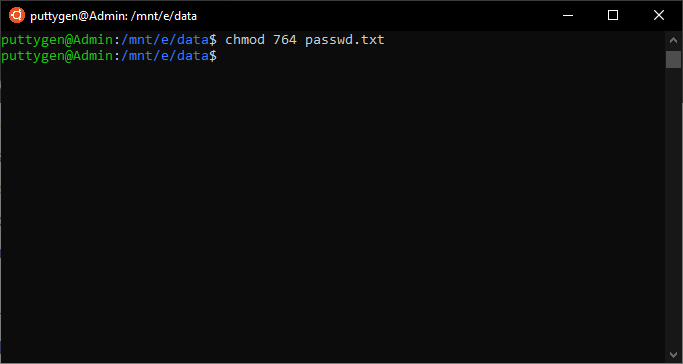
Top 50 Linux Commands With Example
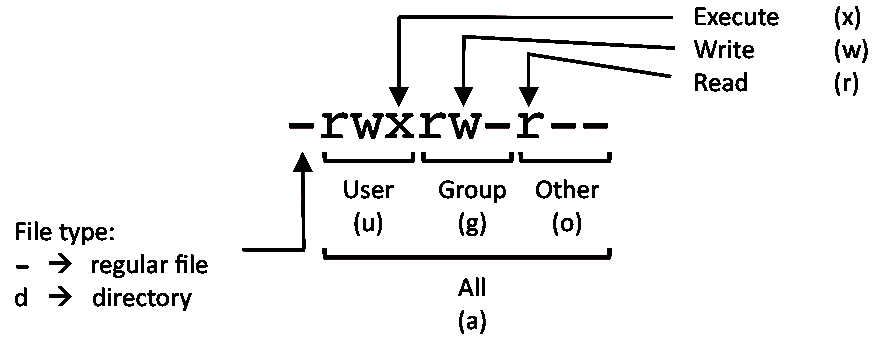
Linux Commands Cheat Sheet Linux Training Academy

How To Change Directory Permissions In Linux Pluralsight

Chmod Calculator Chmod Generator Chmod Command

Linux File Permissions Complete Guide Devconnected

How To Change Directory Permissions In Linux Pluralsight

Chmod 777 In Terminal The Command To Make All Changes Affect Every File And Folder Ask Ubuntu

Linux Commands Chmod Cloudaffaire

Linux Tutorial

How To Use Chmod Command In Linux Explained With Examples

File Rights Management In Linux Programmer Sought

Learning The Shell Lesson 9 Permissions

Modify File Permissions With Chmod Linode

Use Of Chmod Command In Linux Devopsdex
Your Own Linux Chmod Basics Of Files Directories Permissions And Use Of Chmod

Linux Command Line Basics Part 4 I Have A Pc I Have A Pc

How To Run A Script In Linux Nixcraft

How To Set File Permissions In Mac Os X Macinstruct

Change File And Folder Permission On Ubuntu Chmod Chown Command In Linux Youtube
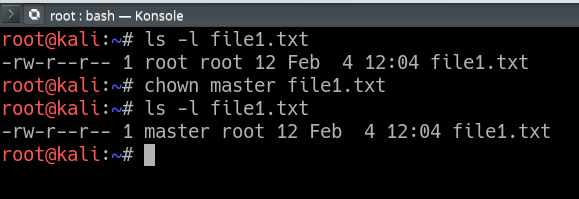
Chown Command In Linux With Examples Geeksforgeeks

Linux Commands 5 File Permission Chmod Youtube

Chmod Wikipedia
Q Tbn 3aand9gcs J72hjomdluhqe6xjivy M6yrjmkqx9x3z3ps Rpnb8by3w7z Usqp Cau
/GettyImages-1021092796-ea8c63ee76f84bd5bf98c4222337fbb4.jpg)
How To Use The Chmod Command In Linux

Linux Unix Permissions And Attributes Linuxsecrets

Linux File Permissions Tutorial How To View And Change Permission

Lock Usb Devices With Chmod Command In Linux Tutorials
:max_bytes(150000):strip_icc()/mkdir-linux-5c4763ffc9e77c00014ae996.png)
How To Create Directories In Linux With The Mkdir Command

Linux Permissions Guide Plex Support

Solved This Is In Linux While Logged In As A Regular Use Chegg Com
Your Own Linux Chmod Basics Of Files Directories Permissions And Use Of Chmod

Change File Permissions Recursively Linux Linux Hint

Linux Command Line Basics Part 4 I Have A Pc I Have A Pc

Delete Remove A Directory Linux Command Nixcraft
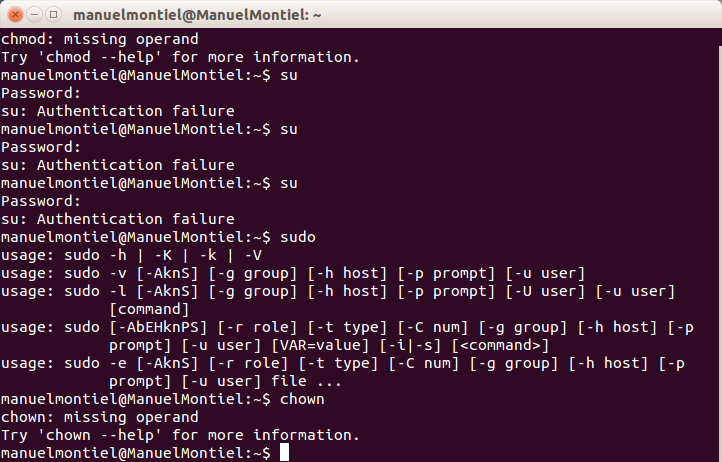
Lab 4 Manuel Montiel S Eportfolio

How To Copy File Permissions And Ownership To Another File In Linux
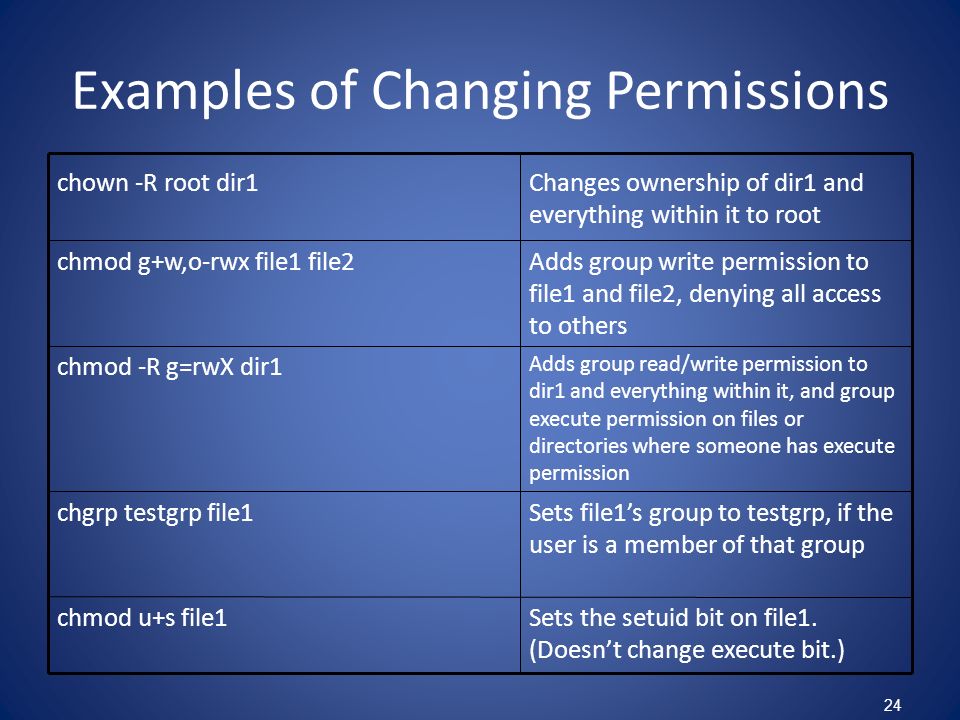
Permissions Why Use Chmod Instead Of Chmod U Rw Go R Unix Linux Stack Exchange

Linux File Permissions Tutorial How To View And Change Permission

Unix Permissions

Chmod Command In Linux File Permissions Linuxize

Introduction To Linux File Permissions Attributes Chmod Globo Tech

Permissions In Linux Geeksforgeeks
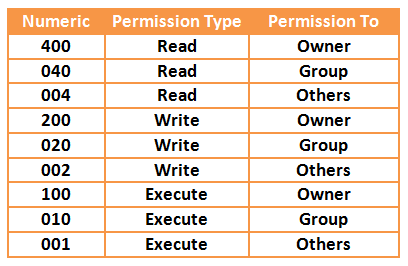
Your Own Linux Chmod Basics Of Files Directories Permissions And Use Of Chmod

How To Use Chmod And Chown Command In Linux

How To Copy Files Using The Install Command On Linux

7 Linux Change Permissions Of Files Directories Using Chmod Commands Youtube

Chmod Command In Linux With Examples Geeksforgeeks

08 Unix Linux Shell File Directories Permission Chmod Command Youtube
How To Create A Read Only File In Your Home Directory In Unix Quora

How To Use The Chmod Command On Linux

Chmod Cheatsheet Linux
Q Tbn 3aand9gcs Trmaopb41lzfo2wl Mi6olorurkywaddbudhnw Ne1mor3ct Usqp Cau

Linux Command Line Cheatsheet
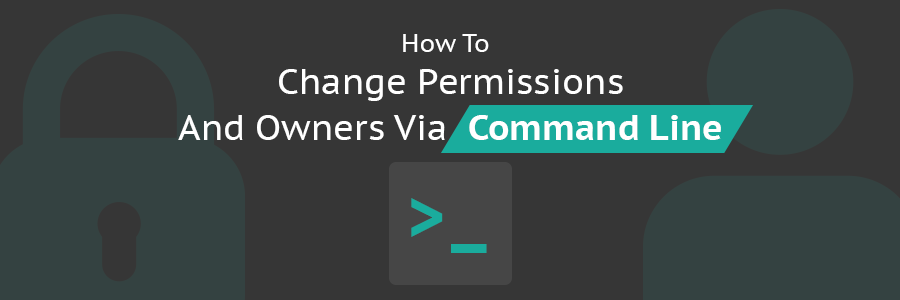
How To Change Permissions And Owners Via Linux Command Line

Linux Users And Groups Linode
:max_bytes(150000):strip_icc()/i7guGwCYcn-34e068e148ae4e918b29c86cd2d5740e.png)
Configuring Unix Linux File And Directory Access Rights
Q Tbn 3aand9gcq1nsq3kxri7ryrifobs2rfobawbv4hezfw9 Ldf4feblahyn09 Usqp Cau

Linux Chmod Example Linux Hint

How To Use The Chmod Command On Linux Basic Linux Permission Linux File Permission Wiz Maverick Benisnous
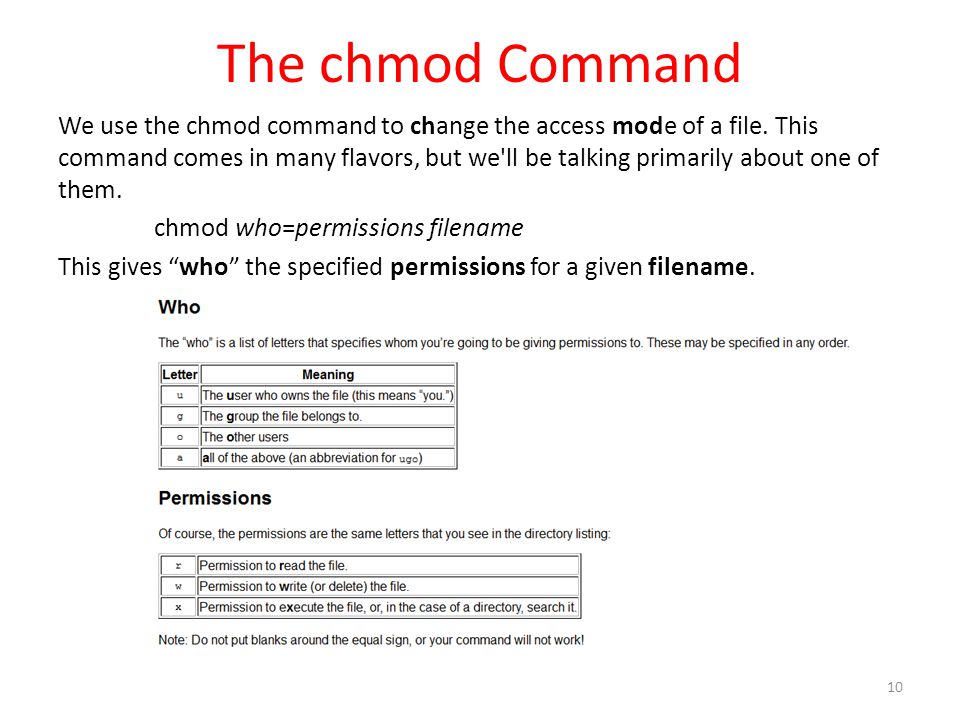
Write Access Chmod Permissions

Understanding Linux File Permissions With Chmod Umask Chown And Chgrp Liquidon Net

Chmod 777 755 655 644 And More Permissions Linux Files Tutorials

Chown Command In Linux With Examples Geeksforgeeks

Linux Chmod Command Linuxfordevices
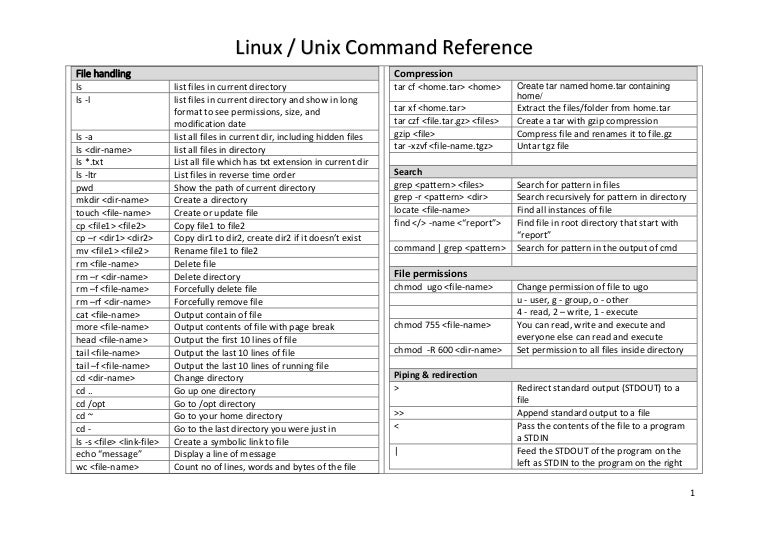
Unix Linux Command Reference

How To Use Chmod Command In Linux Explained With Examples

Chmod Recursive Change Permissions Recursively On Files Folders

Understanding Basic File Permissions And Ownership In Linux The Geek Diary
.png)
File Permissions In Linux Unix With Example
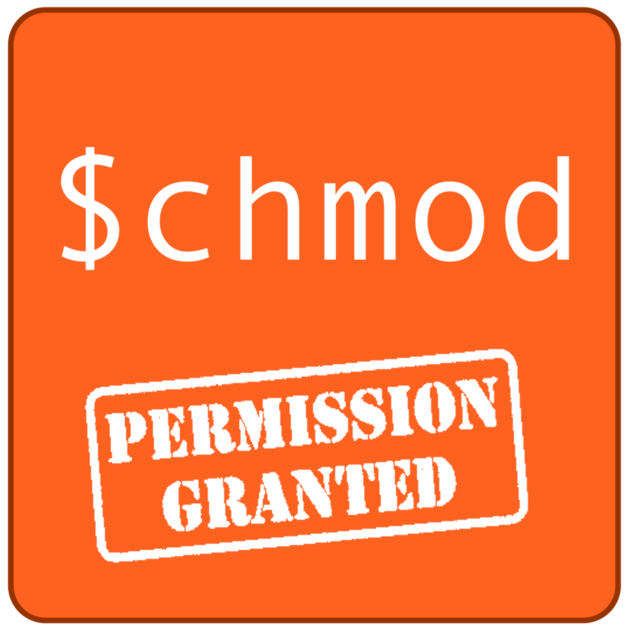
Changing File Permissions In Linux The Chmod Command By Saswat Subhajyoti Mallick Medium

Directory How Can I Change Permissions Of A Folder Including Its Enclosed Files And Subdirectories Ask Ubuntu

Chmod Recursive Change Permissions Recursively On Files Folders
Q Tbn 3aand9gcr2lfpzbutqythmvbwafnxvyggqfj7hnw6fhh Kcozkk8m5 V7o Usqp Cau

Linux Chmod Command Utility Software Computer File

Linux Chmod Command Linuxfordevices

Linux Permissions Guide Plex Support

Linux Terminal File Permissions Chmod Chown And Chgrp Youtube

Chmod Recursive Change Permissions Recursively On Files Folders
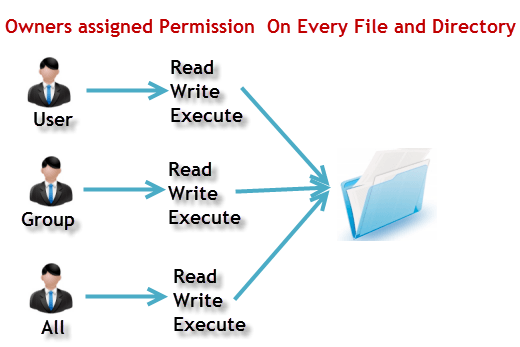
File Permissions In Linux Unix With Example

Chmod Command In Unix Unix File Permissions Chmod With Examples Chwn Command Chgrp Command Unmask

Linux File Permissions Tutorial How To View And Change Permission

9 Quick Chmod Command Examples In Linux
/create-directories-linux-mkdir-command-3991847-55ea75a52f7842a2af0fdfe0b7470270.gif)
Q Tbn 3aand9gcsrj1qp4zwyexf6er5nh8l9pmjynafoe C3vq Usqp Cau

How To Use The Chmod Command On Linux

8 Linux Chmod Command Examples To Understand It The Linux Juggernaut
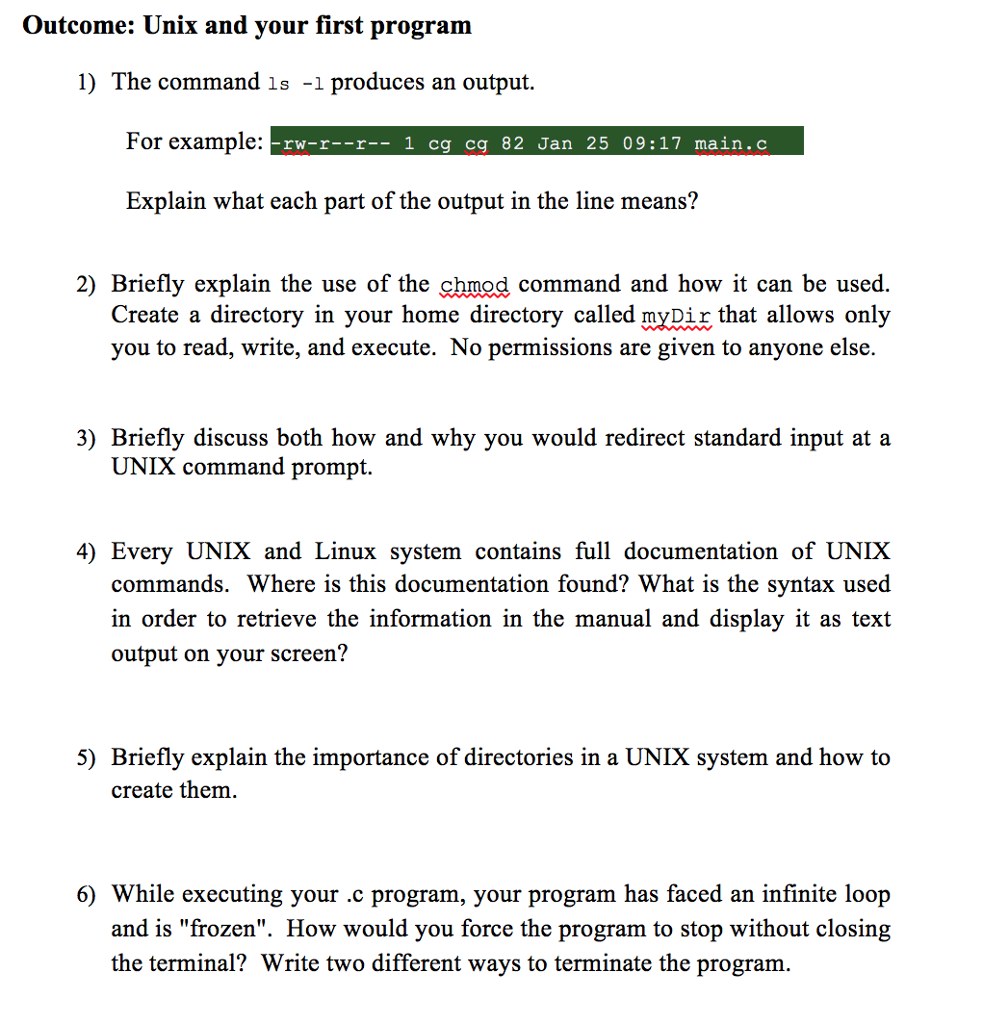
Solved Outcome Unix And Your First Program 1 The Comman Chegg Com

Your Own Linux Chmod Basics Of Files Directories Permissions And Use Of Chmod

Chmod Command Understanding How To Grant File Permissions

Chmod Chown Wsl Improvements Windows Command Line

How To Set File And Directory Permission In Linux Using Chmod Linux Syntax Settings

Linux File Permission Change By Chmod Command In Linux Guide For Beginners
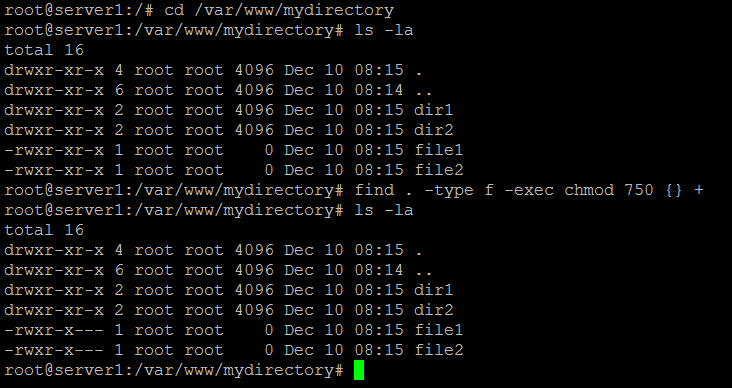
How To Chmod Files Only On Linux
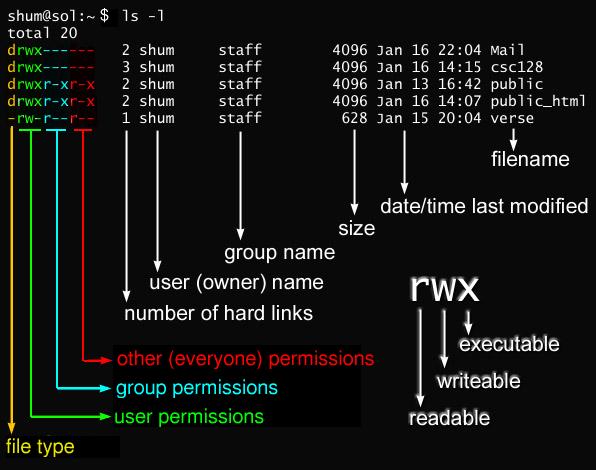
Javarevisited 10 Example Of Chmod Command In Unix Linux

Restore Executable Permission To Chmod Command In Linux Ostechnix

What Is Chmod How To Use Chmod For Wordpress File Permissions
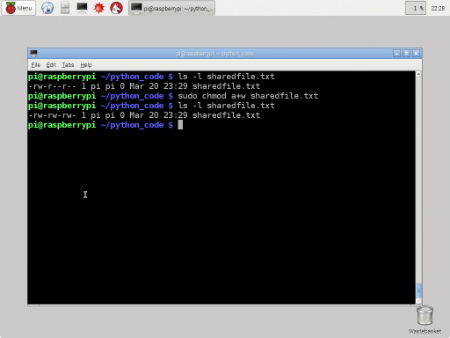
Working With File Permissions On Your Raspberry Pi Dummies



